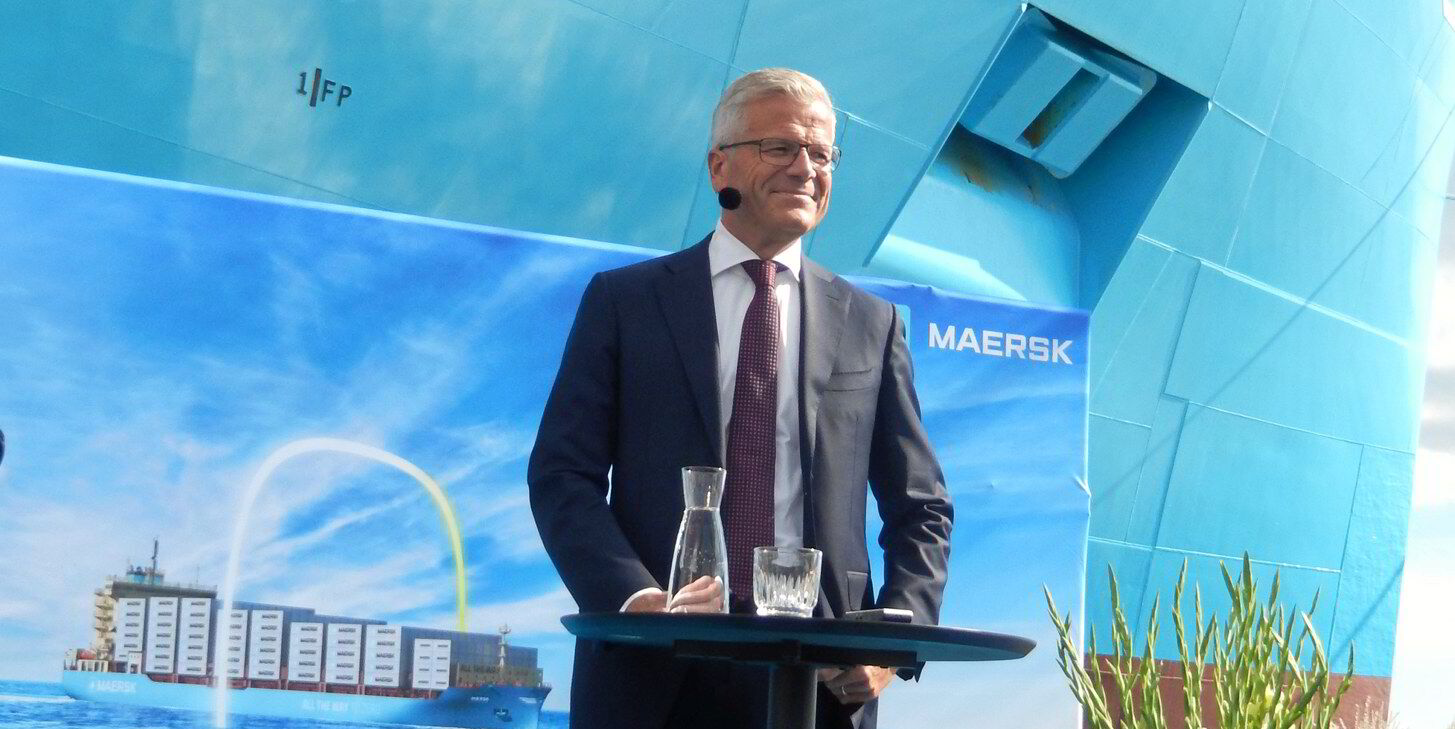High Chinese steel exports and iron ore imports have been one of the dry cargo success stories in 2024 to date, but researchers caution the bulker market against getting too optimistic.
Chinese iron ore imports hit a six-month high in July at 102.8m tonnes, up year on year by 6.7%, according to official trade data. The commodity is a key generator of shipping demand for capesize and newcastlemax bulkers.
“Perhaps equally interesting is the observation that we are currently at a new all-time-high for iron ore imports over a rolling 12-month period at 1.224bn tonnes,” shipbroker SSY remarked in its monthly review of shipping markets.
But this is “not exactly a reason to pop the champagne”, the firm added.
The report by Roar Adland, SSY’s global head of research, said the Chinese steel market has gradually recovered from a lull that lasted three years, caused by the country’s property market slowdown, Covid-19 restrictions and negative business sentiment.
“In reality, we have therefore only seen a paltry 2.6% growth in iron ore imports over the past three years,” he wrote.
SSY thinks the situation looks “somewhat worrisome” in the short term for the Chinese steel production sector, which has hit its lowest level of profitability in eight years.
Only 5% of steel mills in China were profitable on a cash-cost basis during the week ending 9 August, the lowest level since early 2016, according to MySteel data cited by SSY.
The broking house thinks there will be further cuts in molten iron over the next few weeks because utilisation of national blast furnace capacity still remains relatively high at 87%.
Chinese steel exporters are looking for new markets in the wake of weak domestic demand, which has caused China’s steel production to fall 2.2% behind where it was at this point in 2023.
China’s steel exports have flooded global markets, leading to a 26% drop in global steel prices year on year during 2024 so far.
“Industry experts believe exports to grow 27% in 2024,” Maersk Broker said in a research report on Friday, without naming sources.
Many countries are imposing restrictions on imports of China-produced steel to protect domestic producers.
This raises doubts about whether China’s high export levels can be sustained, Maersk Broker said in a market report on Friday.
Price pressure pending?
China has, meanwhile, boosted production of iron ore concentrate as part of its March 2022 “cornerstone plan” but activity seems to have plateaued.
Output has been steady over the past three years at around 300m tonnes per annum and will likely miss its target of producing 370m tonnes of concentrate annually by 2025, SSY said, citing trade data.
Meanwhile, the iron content of domestically produced ore has fallen by 2% over the past year, maintaining the need for high-quality ore from overseas.
SSY thinks the looming oversupply of iron ore will likely pressure CFR (cost and freight) prices of the commodity in China in the future.
Questions remain about how a crash in iron ore prices would influence seaborne trade patterns.
“One key question is whether this will happen soon enough and sharply enough to squeeze out Indian iron ore supplies post-monsoon in [the fourth quarter],” the report said.
“If so, long-haul exports from Australia and Brazil may not fare much worse, as these are by far the lowest-cost source in the international markets. That is unless Chinese demand finally collapses.”
Researchers at Maersk Broker think that lower iron ore imports in China could potentially have a negative impact on capesize freight for the rest of the year.
“With weak domestic steel demand, high iron ore inventories and concerns about the future of steel exports, iron ore imports could face a correction in the near future after growing an impressive 5% [year to date],” the firm said in a report on Friday.
Investment bank Evercore has maintained its estimate of 5% growth in Chinese GDP during the second half of this year and in 2024 overall.
But China’s housing sector remains Evercore’s biggest concern “with no light at the end of tunnel”, Evercore’s lead China analyst Neo Wang said in a report this week.
The rescue package Beijing launched three months ago has done little to rally housing prices and local governments are “pushing the boundaries” to revive demand, the note said.
New home sales in China were just under 50% lower in July than they were five years earlier.
New Chinese housing projects commenced in July have fallen by 75% over the same time frame.
The good news is that authorities in China still have so much financial firepower to deploy in infrastructural investment, which Evercore expects will be strong.
Trillions of yuan in the local special bond quota for 2024 remain unused, Wang said in a note on Tuesday.
“On top of that is the remaining 700bn yuan of special CGB [China Government bonds], and Beijing has the discretion to boost support like it did in October 2023 via ad hoc announcement of special CGB,” he added.






